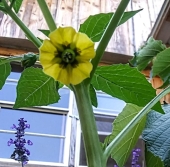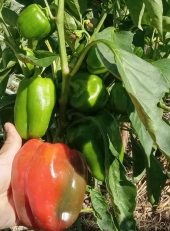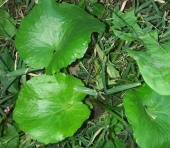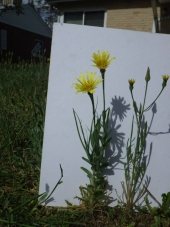Not everyone is going to agree with me on this.
I'm in a shrub steppe sagebrush region where most of the sagebrush has been (tragically) stripped out. Rabbitbrush has moved in much of its place, which is fine with me, but trees are rare and hard to come by, as far as nature goes on its own. I have had some people tell me that food foresting in this area is a bad idea, partly because the region is naturally treeless, and partly because it's so dry (12 inches precipitation per year, and most of it is snow that melts before the first trees/bushes come out of dormancy), and that it would drain the water supply.
From what I have read of history, both recent and ancient, this area is mainly what it is because humans (both European and Native American) have flattened it, tearing out all trees for agriculture. I have now lived on my 5-acre land for 8 years, and I'm slowly turning it into a food forest. It's taking FAR longer than I could have possibly anticipated, but I'm determined to do it. This is agricultural land, and I'm determined to claim it. We complain that people are destroying natural habitats, that we should preserve them as they are in order to save what little there is left. For some places, this is probably true, but for places like this, I completely disagree. I believe the natural lands such as this have been utterly decimated for over 1000 years, and the native plants and lands as they are now are simply the last few survivors of the devastation. We're past the point of no return. The land can't be preserved. It can only be claimed and fixed. I think it will take more than passive ignoring to restore the earth to a truly abundant state, and that will take an incredible level of design. Obviously there are many nuances to how this needs to be done, but if I can sum it up in a simple sentence, it's this: WE HAVE TO PLANT MORE TREES.
And unlike some feel, I don't think these need to be mostly pioneer and trailblazer species. We need food trees, and we need to learn how to eat and prepare food trees. The only chance we have on making big ag into something sustainable is to develop systems for doing large, biodiverse food forests. I simply can't see another way through. It's got to be big, and it's got to be now. We need to repopulate deserts, prairies, and every other biome with trees. And again, food trees.
In desert/shrub steppe, that's hard to do, but our choices are narrowing quickly. It's not the whole solution to everything, but I think it will have to be a major part of ANY other thing we do.
We need to stop trying to only reclaim and preserve the forests and prairies. It's time to buckle down, design, and create them. Is that mankind interfering with nature? You bet it is. But instead of interfering ignorantly, as we've pretty much always done before, this time it's GOT to be with education, research, and (as much as possible) accurate information about ecosystems, the environment, and how forests work.
So I guess what I'm saying is, in answer to the question, "Should I plant a food forest here?" my response is, "Oh yes, absolutely without question you should."








